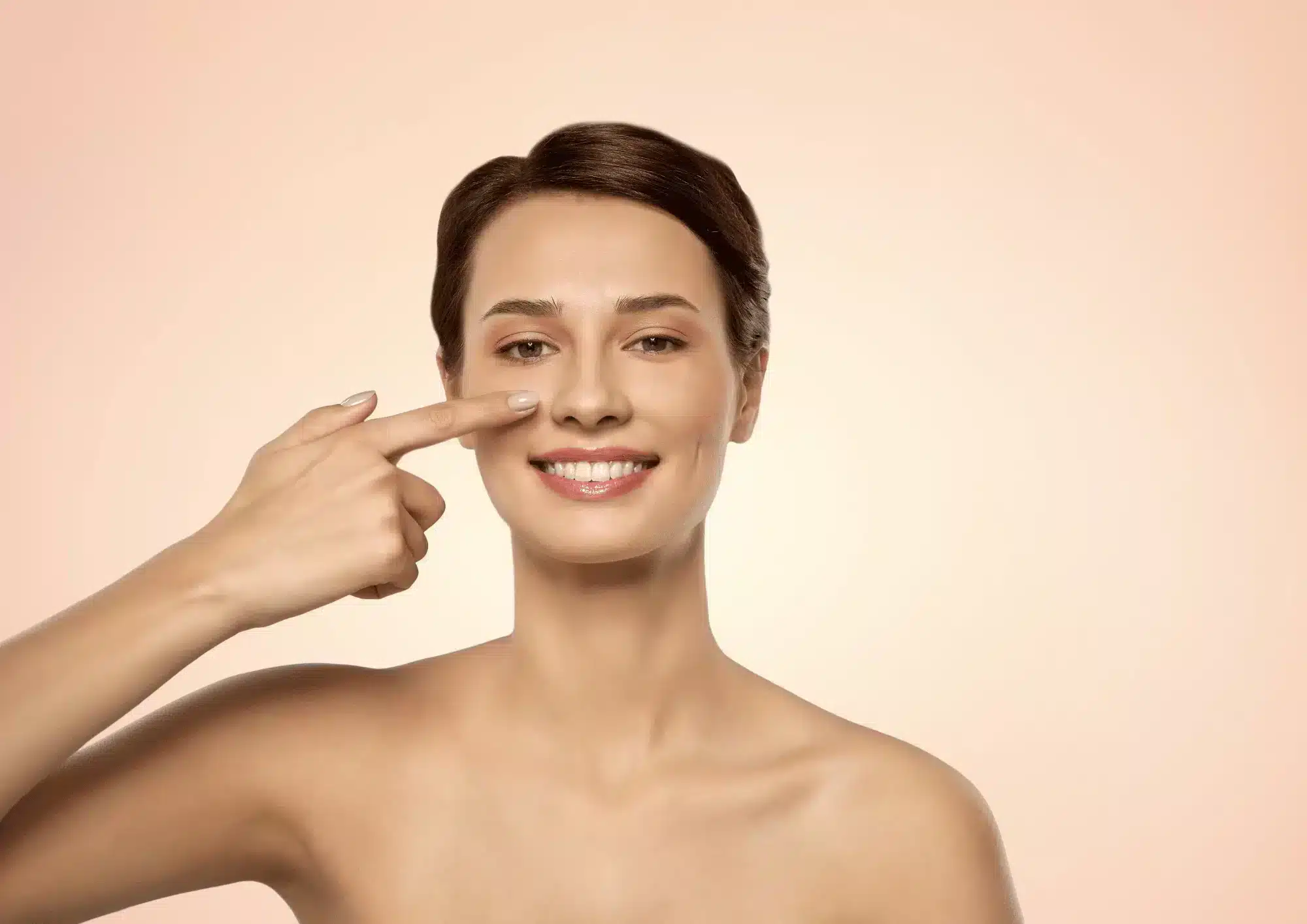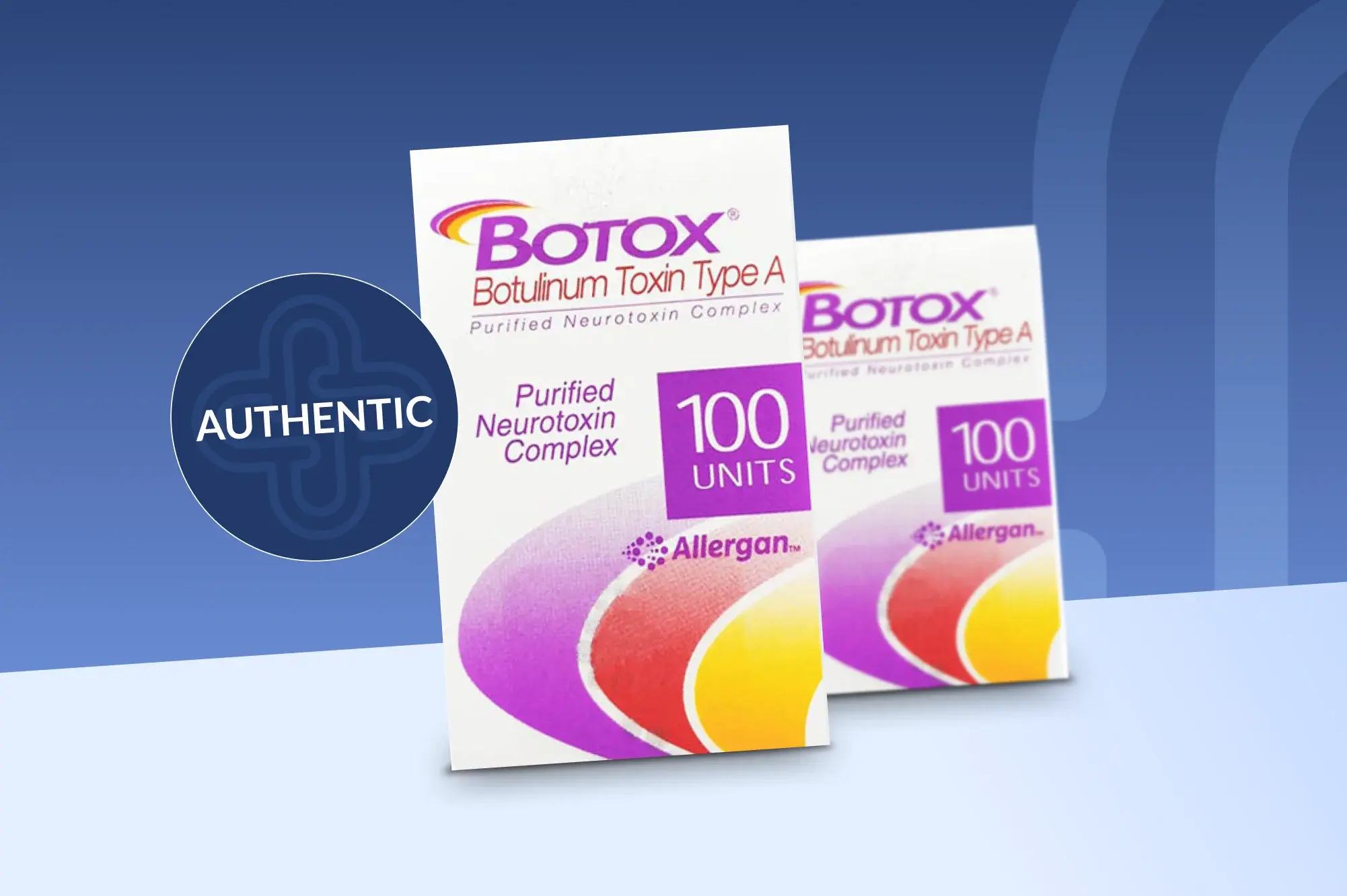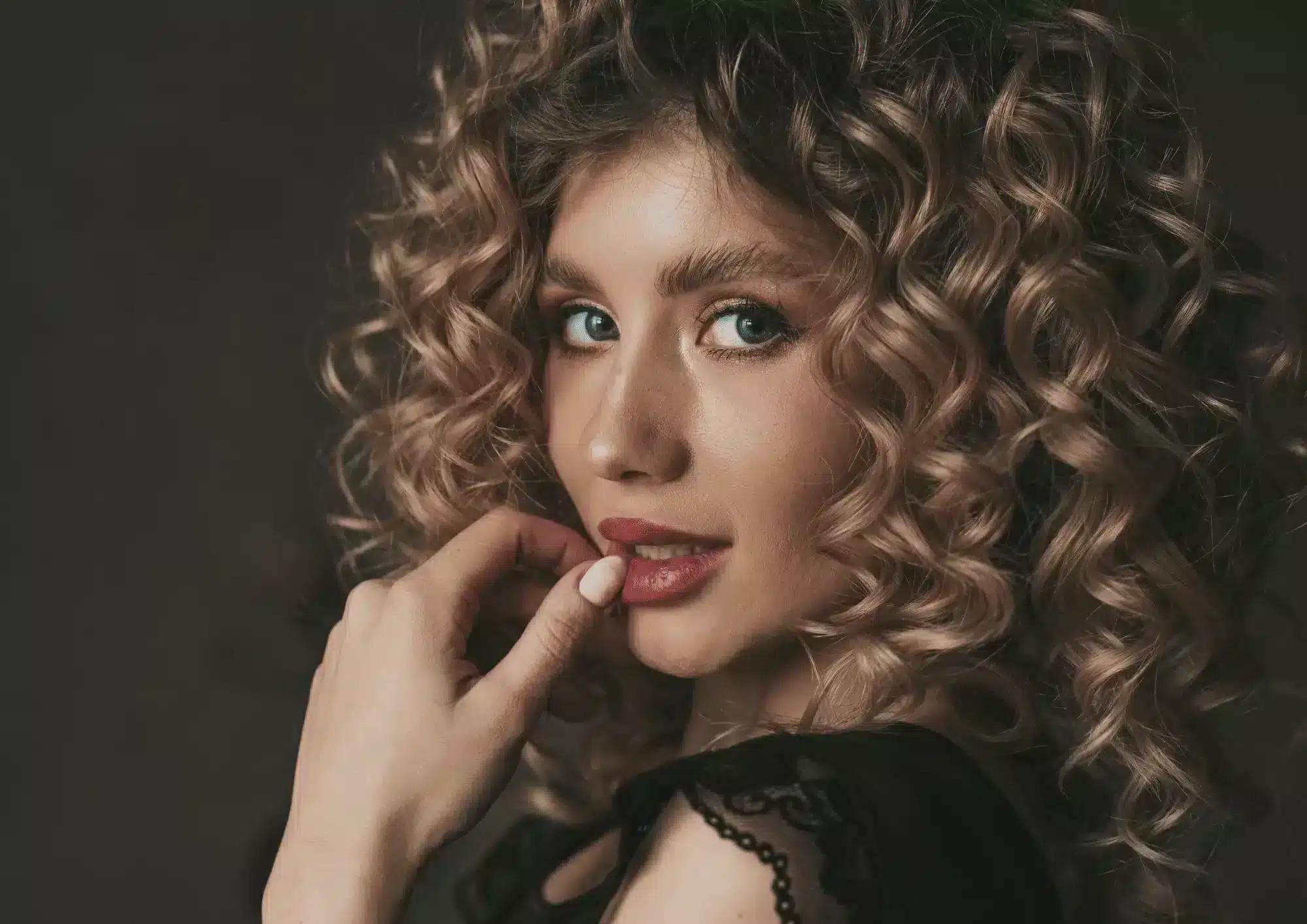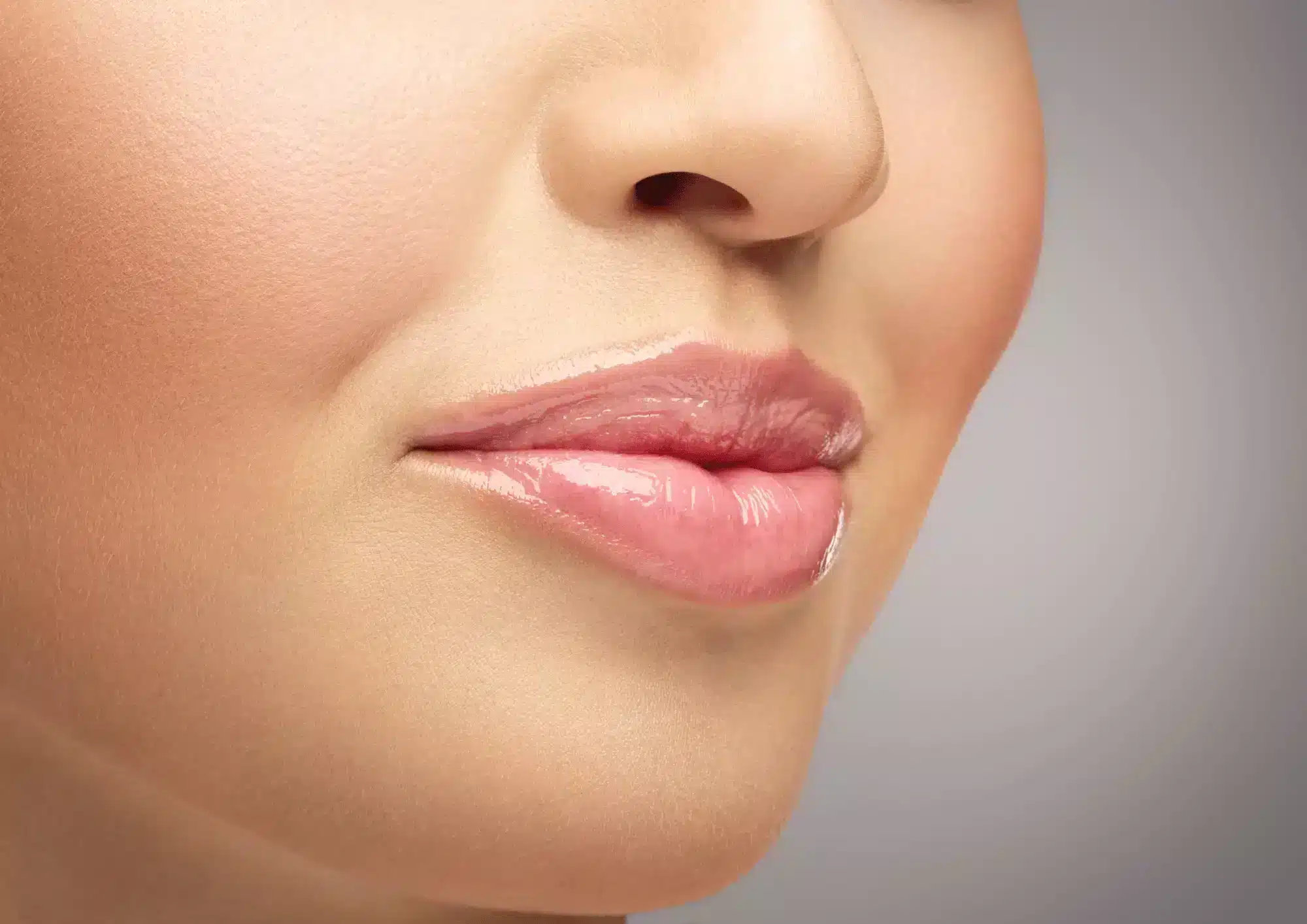Restylane for non-surgical rhinoplasty
Restylane is a popular dermal filler used for correcting and enhancing the nose. It is well received by both patients and practitioners alike: patients like it because of its natural and effective results, while practitioners appreciate its ease of use and high moldability. When treating the nose with a dermal filler like Restylane, the injection is made in the deep dermis or subcutis, with small amounts of product deposited in short linear threads. Practitioners should avoid placing boluses of filler in a fixed position. Once placed, some molding or rolling can be employed to shape the product into the desired contour.
Why reshaping your nose with Restylane is a good idea
The nose is a central element of the face and significantly impacts facial aesthetics. As such, it is not surprising that there is popular demand for nasal augmentation and enhancement treatments. The advent of dermal fillers has given rise to a whole new set of options for aesthetically enhancing the nose. Now, aesthetic practitioners may offer this option to patients to correct aesthetic defects in the nose in a minimally invasive, convenient, and quick manner, with instant results.
Why use dermal fillers to shape the nose
Previously, patients looking to camouflage nasal deformities had to approach this issue surgically, often opting for rhinoplasty. However, some patients are only looking to correct small, minor defects, or would prefer not to undergo surgery. For these patients, treatment with fillers is a feasible option. Fillers are also suitable to mimic possible surgical results, allowing patients to try out their new look before undergoing rhinoplasty.
Expected results when using Restylane for nose
While everyone’s perception of an attractive nose is different, there are certain characteristics that they have in common. In general, the nose should be symmetrical and straight, with its width proportional to the chin and intercanthal distance between the eyes. In addition, the brow tip aesthetic line (a curvilinear line beginning at the inner eyebrow that extends along the shadow of the bridge to the nose tip) should be continuous and undisrupted by shadows. When seen from the side, the radix tip line should have a slight natural depression just above the tip (known as the supratip depression). Another element to consider is the elevation of the nasolabial angle (the angle between the lips and the nose). In men, this angle should be closer nearer to 90°, while in women the nose should be more open-angled, with a tip slightly elevated at around 105°.
Are there any risks from using Restylane to reshape your nose?
While non-surgical rhinoplasty with Restylane injections has many advantages, it should not be used without caution. After the glabella, the nasal region runs the highest risk for complications from dermal filler treatment. This is due to the fact that the nose is a richly vascular region with thin tissues that are subject to some tension and pressure against the underlying osseocartilaginous support. As such, the practitioner should be concerned about the likelihood of vascular compromise and anatomical damage when treating this area. A licensed and experienced practitioner will be able to conduct the treatment with a low risk of complications.
With Restylane, the practitioner can smooth out lumps and bumps, as well as elevate and reshape the nose with ease. Patients will gain many advantages from this treatment, instantly receiving relief from aesthetic deformities in a convenient and safe manner.








